CeDora. Or Ce’Dora, or C’Dora. Everyone on the Vaudeville circuit had a stage name, and young Greek immigrant Agnes Theodore chose a homophone of her given name as the character for her death-defying motorcycle act in the early 1900s. CeDora rode into history as the first woman to perform in a Globe of Death, and her fame continued even after she retired, as her stage name was used for two generations, when another young woman, Eleanore Seufert, took over as CeDora, riding the Globe of Death through the 1930s.



Agnes Theodore began her Globe of Death career as a bicyclist sometime in the ‘Noughts, with her husband Charles Hadfield as a co-rider, stuntman, and manager. Hadfield was a bicycle race promoter who saw the potential of this new act, which they originally called the Golden Globe, a 16’ diameter steel sphere made of woven strip steel and a tubular steel frame. The earliest CeDora exhibition posters (from 1905?) show her riding a bicycle exclusively, alongside a male rider, presumably her husband Charles.

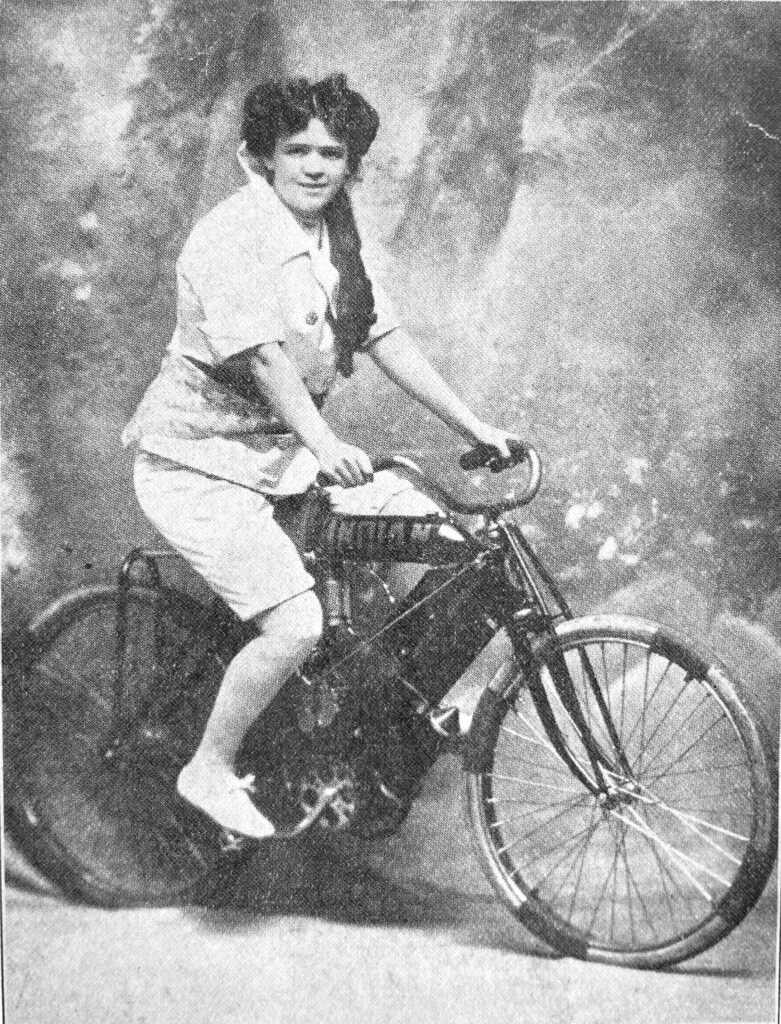


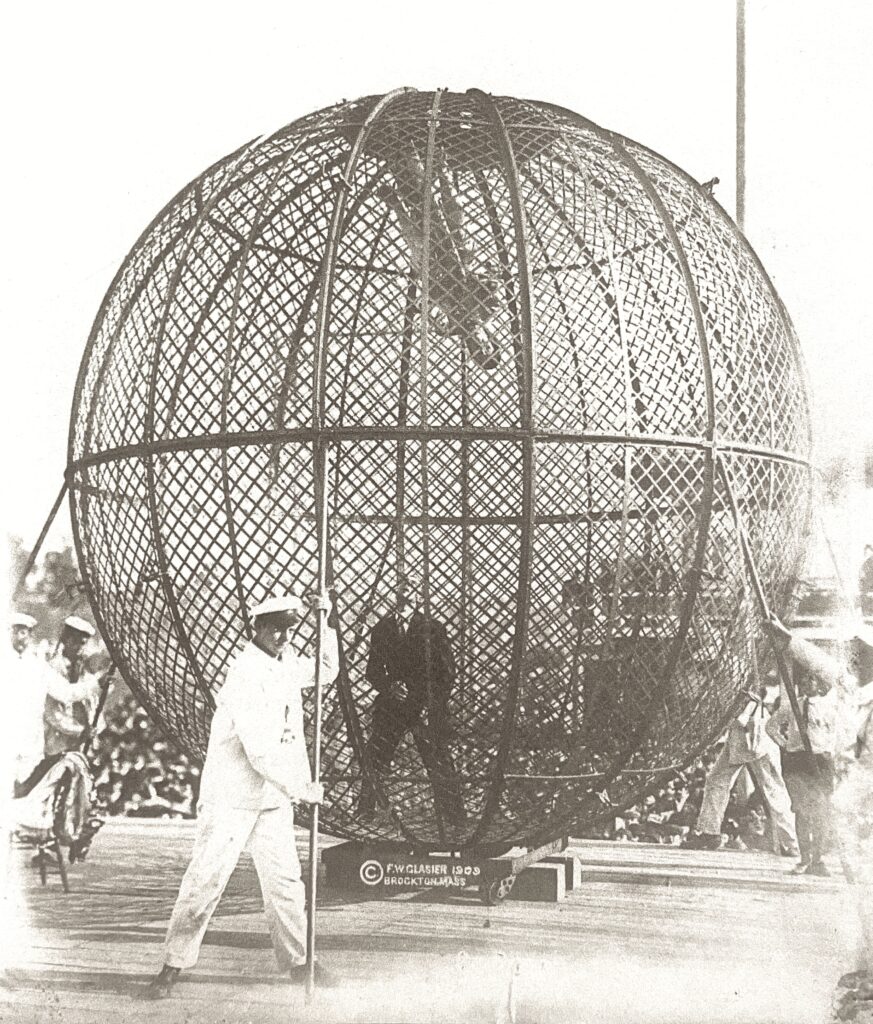
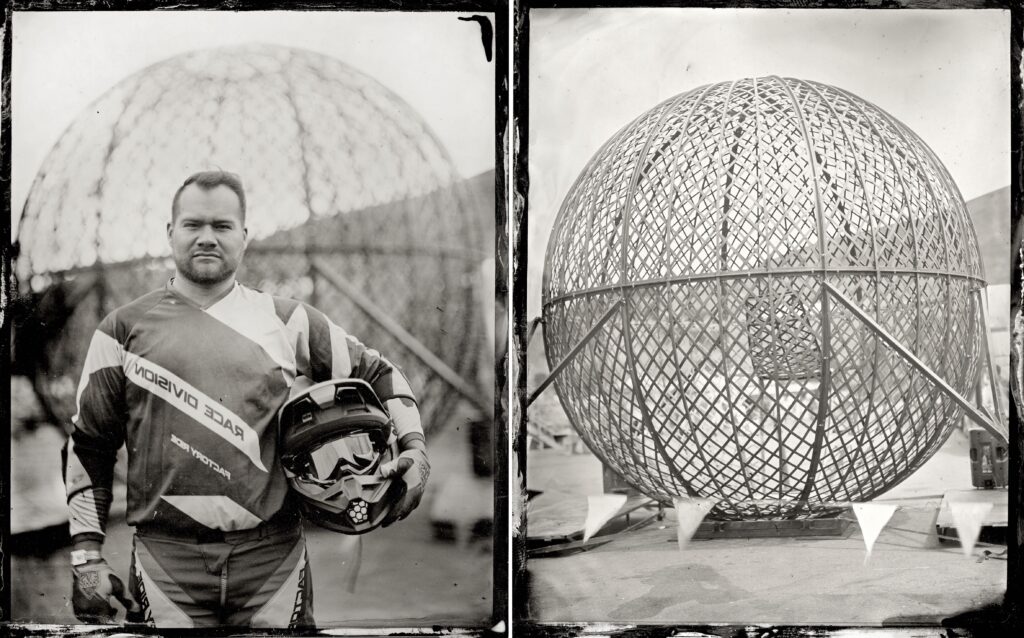
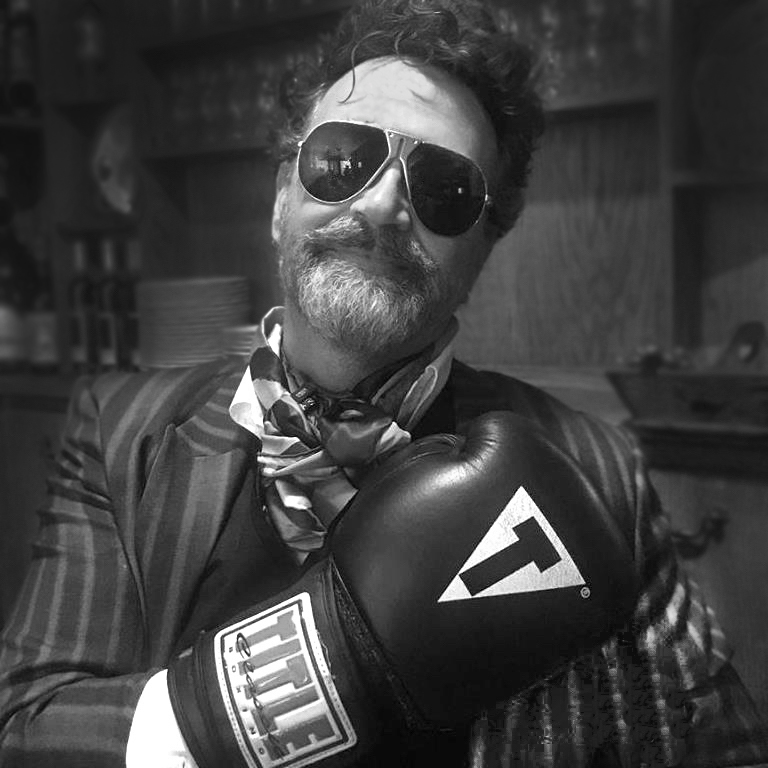



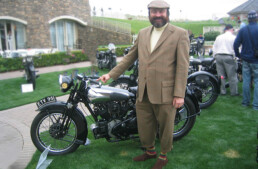
Had the pleasure of seeing a ‘ globe ‘ or two growing up in Joisey … both at fairs [ Flemington Fair Grounds ] as well as boardwalks .. ( family summer cottage was in Wildwood but spent time in Asbury , AC etc etc as well )
And yup … guess what buckaroos … once again bicycles was doing the globe years before motorcycles were part of the public eye .
Seriously … it is amazing when one delves into the history how many of todays motorized stunts got their start on bicycles … damn … bicycles …. peddling for your life hoping to what ever ” Small Metal God ” [ David Sylvian tune ] you bow down before that you don’t bonk or run out of steam
—-
And speaking of history PdO … methinks after two years of digging , questioning and a bit of logical hypothesizing …. I may of sussed out ‘ BlowHard ‘ Bigsby’s role in regards to Crocker .
Its so bloody obvious its amazing no one through out the annals of Crocker and Bigsby history no one else figured it out .
Hit me up on the back door if you’re interested
I believe the late Dean Hensley had that bike. It was a cut down. He use to exhibit it along with the Munroe streamliner. He blew them both up at Davenport one year .
You’re correct, according to QAGoMA the bike paseed through Hensley’s hands before its current owner.
I remember as a kid going to Circus Circus in Reno and seeing a globe of death act. It was a father/son team riding what I seem to remember being Honda 80 XL’s in a globe suspended from the ceiling. I never new the history behind the globes. Thanks for the history lesson.